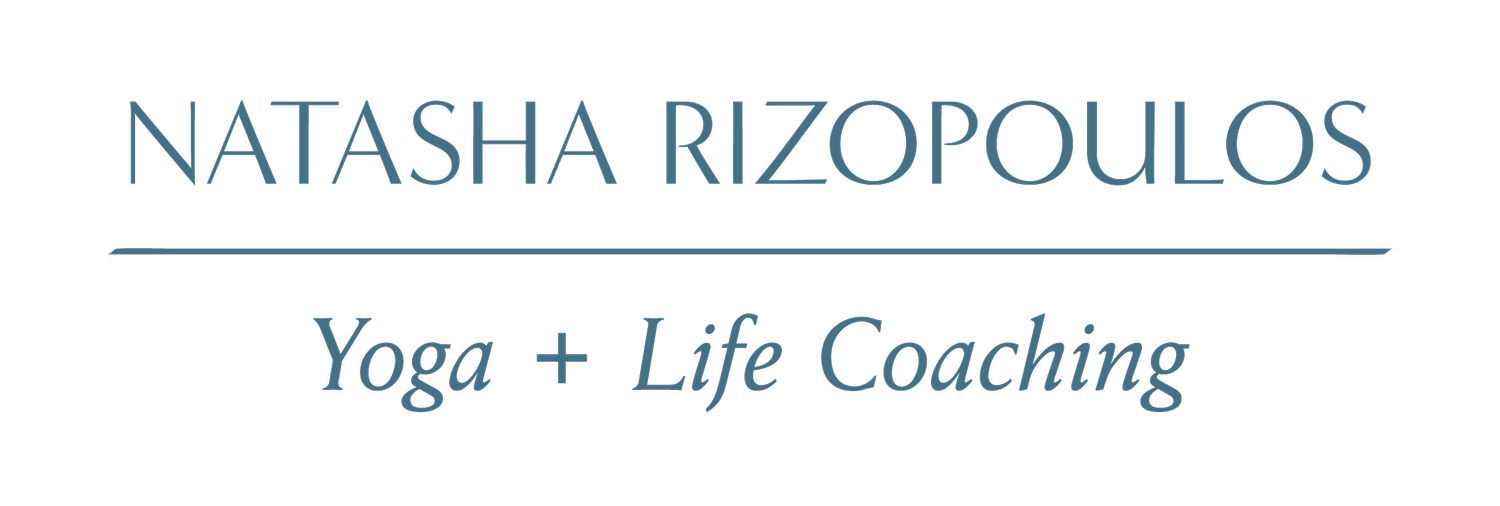Injuries, Our Best Teachers
Many years ago, I tore my rotator cuff and was complaining about it to Richard Freeman, hoping for some insight about salvaging my Ashtanga practice or at the very least a heavy dose of sympathy. Instead, he smiled benignly and said, “It will be your greatest teacher.”
Reader, I gnashed my teeth.
But since it was Richard, who I liked and admired, I paid attention. And have since come to realize how right he was.
Injuries are an inevitable part of the human condition, whether on the mat or off. And of course, in addition to the literal pain of them, there is also the “pain in the asana” component.
We all get frustrated when we can’t practice the way we are accustomed to, focusing on the poses we are “losing” and all the ways we are sure we will get weaker, tighter, fatter, lazier – whatever the anxiety de jour is.
But what I’ve learned over time is that these seeming obstacles are in fact tremendous opportunities, because they disrupt our habits and help us to become better Yogis. And by better Yogis, I don’t mean people who can put their feet behind their heads, I mean people who pay better attention and are more firmly located in the present moment.
We all have a certain kind of practice that we are comfortable with, and with comfort can come complacency and sometimes a distraction. When we get hurt, the injury usually forces us to change our practice while we heal, and often those shifts — whether it’s towards different postures, or more pranayama or meditation –catalyze a kind of focus that can be absent when we are on more familiar ground.
And it’s that focus that is the essence of yoga. Not facility with the postures themselves, but rather the quality of mind that accompanies postures when they are practiced with complete absorption. And practicing with or around an injury is the perfect vehicle for cultivating this kind of attention.
All this was brought into vivid Technicolor detail for me a few years after the Richard conversation when I broke my big toe. I had always had a very Vinyasa-centric practice and suddenly I couldn’t do most of the poses that make up a basic Sun Salute. And yet despite the ick factor (“See ya toenail”), it was a great boon for my yoga because it moved me out of my habits and into a world of postures that I sometimes treat as distant cousins.
You get out of things (poses, situations, people) what you put into them. When I avoided certain poses -- talking to you, Navasana -- they were unpleasant. When I embraced them and practiced them several times a day, they became interesting and satisfying. I strongly doubt I would have gotten quite so cozy with poses like Navasana if I hadn’t been deprived of Chaturanga. The same thing happened again and again with a whole slew of poses that I committed to and fell in love with. Both because I felt their benefits on a musculoskeletal level, but even more so because my mind enjoyed the challenge of engaging with things that didn’t come naturally, of befriending postures that I thought I didn’t like.
Looking back on my torn rotator cuff, I realize that it was a similar turning point, not just in my practice but also in my teaching. Because of the injury I became more curious about anatomy and more precise in my instructions. And perhaps more importantly, clearer about the point of asana, so that it became less about physical accomplishment and more about steadiness of mind. I’m not sure anyone else could have made me understand that quite so clearly.
So the next time an injury rears its seemingly ugly head, consider saying “thank you” to the universe and look forward with anticipation to whatever is around the corner for you. It may not be what you thought you wanted. And it might be even better. Perhaps it’s your next favorite teacher.
